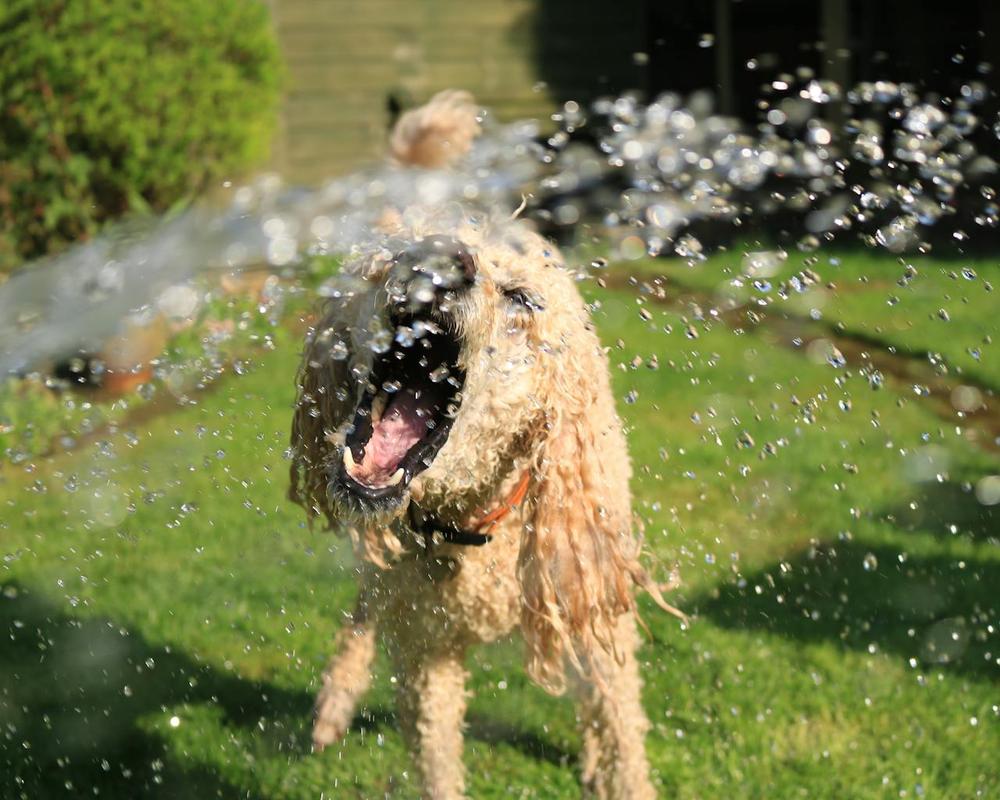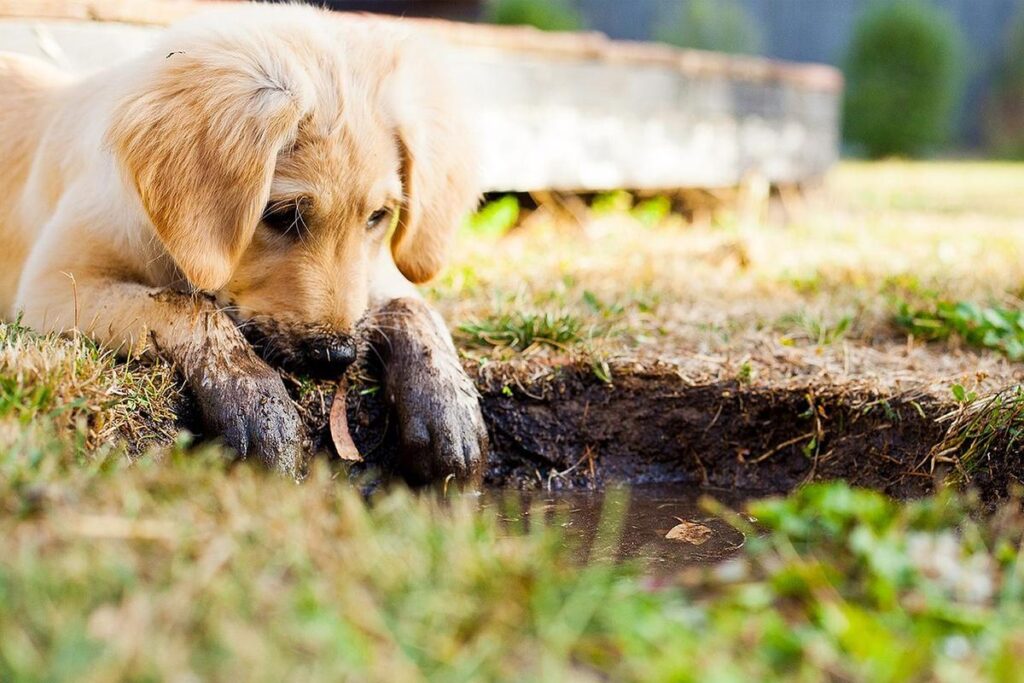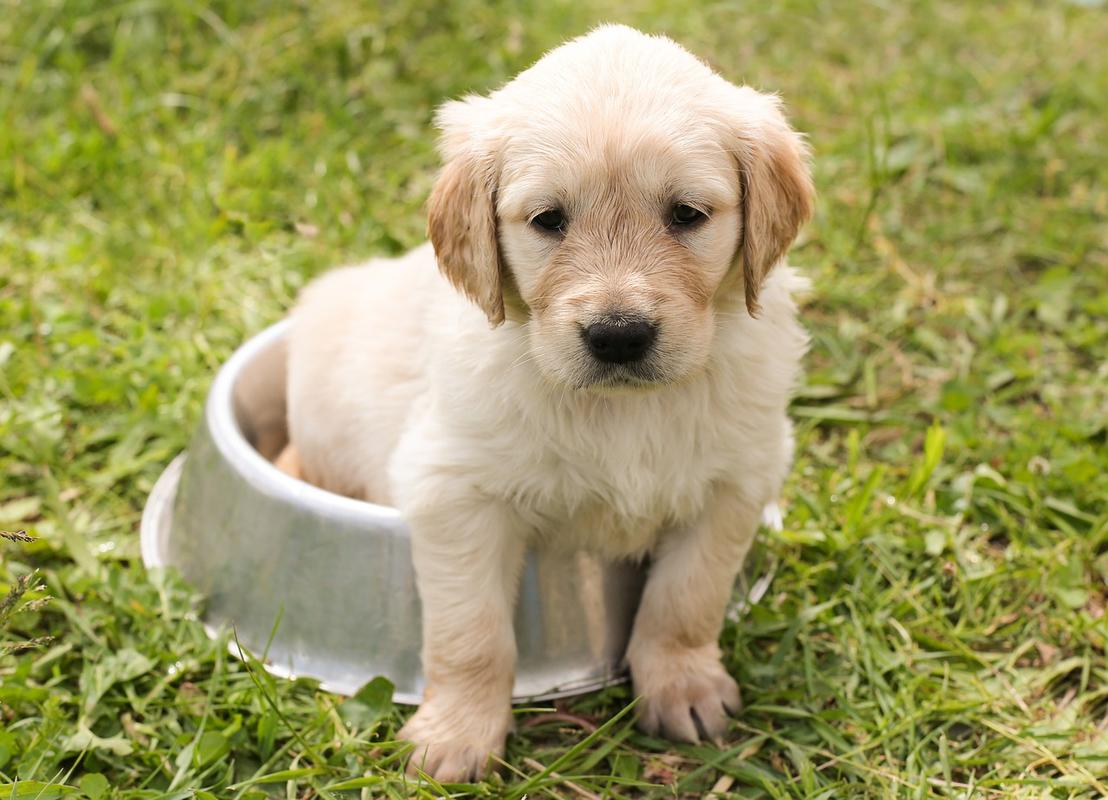Signs Your Dog Doesn’t Like You: Understanding your dog’s behavior is essential in forging a strong, loving bond between you and your furry friend. Sometimes, though, our canine companions might not feel the same way about us, and it’s vital to recognize these signs early on. By identifying behaviors that suggest your dog might not be fond of you, you can take steps to improve your relationship and ensure a happy, healthy coexistence.
Here are 14 Signs Your Dog Doesn’t Like You
Avoidance Behavior
When your dog consistently avoids you, it’s a sign that something isn’t right in their world when it comes to your presence. This behavior can take many forms, such as the dog leaving the room when you enter, not coming when called, or showing reluctance to engage in activities they previously enjoyed with you. It’s crucial to approach this issue with sensitivity and try to understand the root cause. Changes in the household, negative experiences associated with you, or even health issues could be factors. Building trust through positive and gentle interactions, providing treats, and engaging in play can slowly help reduce avoidance behavior.
Lack of Eye Contact

Dogs communicate a lot through eye contact. In the canine world, sustained eye contact can be seen as a threat, but in the context of a dog-human relationship, avoiding eye contact might indicate fear, anxiety, or submission. Training sessions using positive reinforcement can help build confidence. Encouraging eye contact by holding treats near your eyes and rewarding them when they look at you can strengthen your bond and improve communication.
Ignoring Commands
If your dog seems to ignore your commands, it might not be a straightforward act of defiance. Factors such as confusion, lack of proper training, or even distractions in the environment can lead to this behavior. Revisiting training techniques, ensuring clarity and consistency in commands, and practicing in various settings can enhance responsiveness. Remember, patience and positive reinforcement go a long way in reinforcing desired behaviors.
Growling or Snapping
Growling or snapping are clear indicators of discomfort or distress. These behaviors should never be punished as they are a form of communication, signaling that the dog is feeling threatened or needs space. It’s essential to identify and address the underlying causes of these behaviors. Providing a safe environment, avoiding situations that trigger fear or aggression, and seeking the assistance of a professional behaviorist can be necessary steps to ensure safety and well-being for both you and your dog.

Tail Positioning
A dog’s tail can reveal a lot about their emotional state. For instance, a high, stiff tail often indicates alertness or aggression, while a tail tucked between the legs suggests fear or submission. Observing the natural position of your dog’s tail and the context of changes can provide insights into their feelings. Tail wagging doesn’t always mean happiness; the key is to notice the pattern and energy behind the movement. Understanding these nuances can improve your ability to respond to your dog’s needs and emotions effectively.
No Interest in Pleasing

Dogs are naturally inclined to please their owners, but a lack of interest in doing so can signal a disconnect in the relationship. This could be due to insufficient bonding time, negative associations, or even health issues. Investing time in activities your dog enjoys, reinforcing positive behaviors with treats and praise, and ensuring they feel safe and loved can rekindle their desire to please.
Body Language Signs
Dogs communicate extensively through body language, from the position of their ears to the stiffness of their body. A relaxed dog typically has a loose, open posture, while a stressed or anxious dog may appear tense or try to make themselves smaller. Paying attention to these subtle cues can help you understand and respond to your dog’s needs more effectively. Encouraging relaxed behavior with calm, positive interactions and ensuring your dog has a safe space to retreat to when they feel overwhelmed are good practices.
Refusal of Treats
When a dog refuses treats from you, it could be a sign of a deeper issue in your relationship. This behavior might indicate distrust or anxiety towards you, especially if they accept treats from others. It’s crucial to consider the context and your approach; aggressive or direct approaches can increase stress. Rebuilding trust through gentle interactions and understanding your dog’s comfort levels can help address this issue.
Lack of Excitement Upon Your Return

A dog not showing excitement or happiness when you come home can be a sign they’re not attached to you. This lack of enthusiasm might suggest feelings of indifference or insecurity in your relationship. Ensuring a positive, welcoming environment and spending quality time together can help strengthen your bond and elicit more joyful greetings.
Excessive Licking or Chewing
Excessive licking or chewing are behaviors that can be signs of stress or anxiety in relation to the owner. These actions can be self-soothing behaviors that dogs engage in when they feel nervous or stressed. It’s important to observe the triggers for these behaviors and address any underlying issues that might be causing discomfort for your dog.
Keeping Distance
A dog keeping physical distance or leaving the room when you enter might indicate they don’t enjoy your company. This behavior can be a sign of discomfort or a desire to avoid interaction. Respect your dog’s need for space while gradually trying to build a more positive association with your presence through calm and positive interactions.
Tucked Tail or Ears Back
Tucked tails or ears back are submissive or scared postures that can indicate fear or discomfort around you. These signs suggest that your dog is not feeling secure or comfortable in the interaction. Recognizing these signals and responding with a gentle, reassuring approach can help alleviate your dog’s anxiety.
Yawning or Licking Lips
Yawning or licking lips can be signs of anxiety or nervousness around you. These behaviors are often calming signals that dogs display when they are stressed. Observing what causes these reactions and creating a more relaxed environment can help reduce your dog’s anxiety.
Sleeping Away from You

Preferring to sleep far from you can signify a lack of trust or affection. This choice might reflect insecurity or discomfort with closeness. Building trust through consistent, positive experiences and ensuring your dog feels safe and loved in your presence can encourage them to seek closeness rather than distance.
Understanding and Improving Your Relationship
Remember, each dog is an individual, and behaviors can vary widely. Understanding your dog’s behavior is like learning a new language, one that’s not spoken but communicated through body language, vocalizations, and actions. Dogs have their unique way of expressing their feelings, needs, and desires. By paying close attention to these cues, you can gain insights into your dog’s emotional state and well-being. It’s essential to remember that dogs are individuals; what might be normal behavior for one dog could indicate stress or discomfort in another. Recognizing these differences is key to a healthy relationship with your pet.
Several factors influence dog behavior, including breed characteristics, past experiences, and their current environment. For instance, some breeds are naturally more outgoing and sociable, while others may be reserved and cautious. Understanding these traits can help you tailor your approach and expectations to your dog’s personality.
Changes in behavior can also signal health issues, so it’s crucial to be observant and seek veterinary advice if you notice any sudden or unexplained changes in your dog’s behavior. By learning to read your dog’s body language—such as tail wagging, ear positioning, facial expressions, and posture—you can better understand their feelings and respond appropriately.
Improving Your Relationship with Your Dog
Improving your relationship with your dog starts with building trust and mutual respect. This process involves consistent, positive interactions and training methods that reinforce your bond. Here are some strategies to strengthen your relationship:

- Quality Time: Spend quality time with your dog every day. This could include walks, playtime, training sessions, or simply cuddling together. These activities not only strengthen your bond but also provide mental and physical stimulation for your dog.
- Positive Reinforcement Training: Use positive reinforcement techniques to train your dog. Rewarding good behavior with treats, praise, or play encourages your dog to repeat those behaviors. This method builds a foundation of trust and cooperation.
- Understanding and Meeting Their Needs: Ensure that your dog’s physical and emotional needs are met. This includes regular exercise, mental stimulation, socialization, and affection. A well-cared-for dog is more likely to be happy and responsive to their owner.
- Professional Help: Don’t hesitate to seek professional help if you encounter behavior issues that you can’t resolve on your own. A qualified dog trainer or behaviorist can provide valuable guidance and support.
- Patience and Consistency: Building a strong relationship with your dog takes time and patience. Be consistent in your interactions and training to help your dog understand what is expected of them. Consistency provides a sense of security and helps reinforce learning.
By focusing on understanding and improving your relationship with your dog, you create a more harmonious and fulfilling life together. Remember, the goal is to enjoy each other’s company and provide a safe, loving environment for your canine companion.
Conclusion
Recognizing and addressing the signs that your dog might not be fond of you is crucial in building a stronger, healthier relationship with your pet. By understanding these signals and taking steps to improve your bond, you can ensure a happy and loving coexistence with your furry friend.
This exploration into canine behavior not only sheds light on how to better interpret our dogs’ actions but also emphasizes the importance of a compassionate, informed approach to pet ownership. Remember, every dog is unique, and patience, love, and understanding are key to nurturing a lasting bond.

